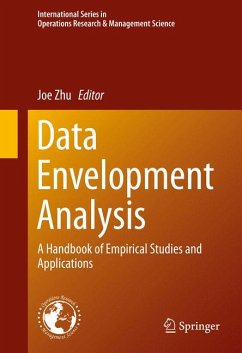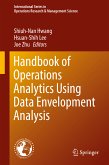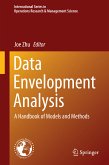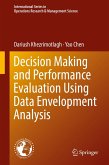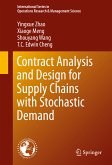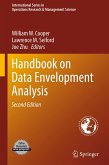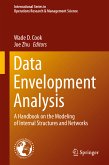Chapter 6 examines efficiency and productivity of U.S. property-liability (P-L) insurers using DEA, while chapter 7 presents a two-stage network DEA model that decomposes the overall efficiency of a decision-making unit into two components. Chapter 8 presents a review of the literature of DEA models for the perfoemance assessment of mutual funds, and chapter 9 discusses the management strategies formulation of the international tourist hotel industry in Taiwan. Chapter 10 presents a novel use of the two-stage network DEA to evaluate sustainable product design performances. In chapter 11 authors highlight limitations of some DEA environmental efficiency models, and chapter 12 reviews applications of DEA in secondary and tertiary education.
Chapter 13 measures the relative performance of New York State school districts in the 2011-2012 academic year. Chapter 14 provides an introductory prelude to chapters 15 and 16, which both provide detailed applications of DEA in marketing. Chapter 17 then shows how to decompose a new total factor productivity index that satisfies alleconomically-relevant axioms from index theory with an application to U.S. agriculture. Finally, chapter 18 presents a unique study that conducts a DEA research front analysis, applying a network clustering method to group the DEA literature over the period 2000 to 2014.
Dieser Download kann aus rechtlichen Gründen nur mit Rechnungsadresse in A, B, BG, CY, CZ, D, DK, EW, E, FIN, F, GR, HR, H, IRL, I, LT, L, LR, M, NL, PL, P, R, S, SLO, SK ausgeliefert werden.

